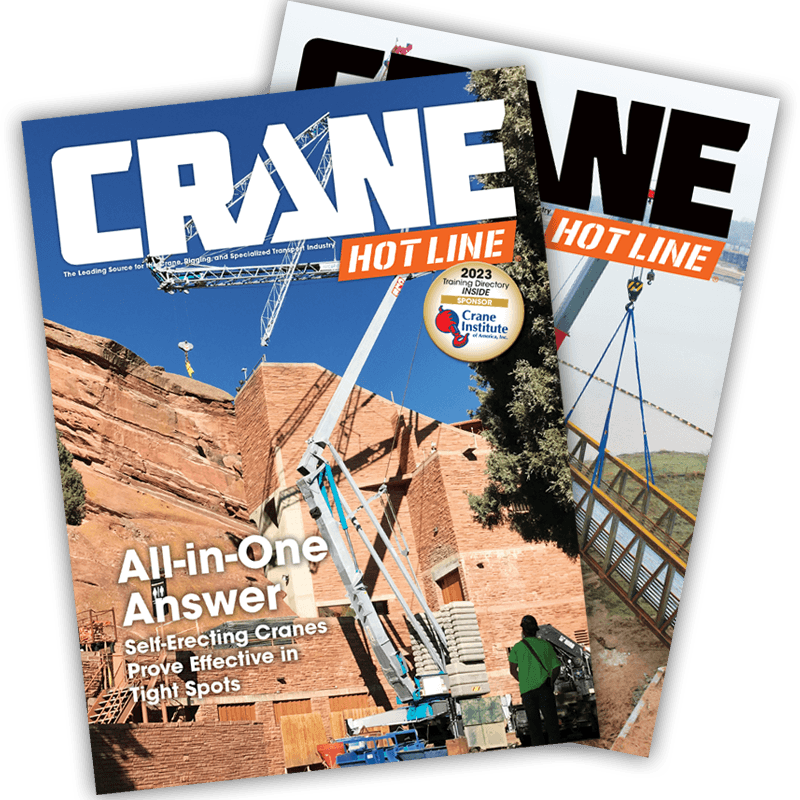Manitowoc Installs World's Largest Telescope
Enlarge Image
June 8, 2006 — An 827-ton (U.S.) Model 18000 Manitowoc crawler crane recently provided the crucial lifting power necessary for completion of the world's largest “short millimeter wavelength” radio telescope in Mexico. Known as the “LMT,” the project called on the

Mexican president, Vicente Fox described the LMT as “the most important science project in Mexican history.”
“On a high-profile job like this, we needed equipment that we could totally rely on,” said Reynaldo Santos, head of Mexican crane rental company ESEASA, which owns the Model 18000. “Because of strong winds and the sensitivity of the telescope's equipment, we opted to make the lifts with one of
ESEASA configured the 18000 with a capacity-enhancing MAX-ER attachment for its challenging lifts, which significantly increased the crane's lift and reach capabilities. Throughout the project, the 18000 was rigged with a main boom of 240 ft.
The first task, lifting the 164-ft-tall antenna, was one of the most difficult in the construction of the radio telescope because it meant lifting a structural component weighing more than 530 tons at a height of 108 ft and placing it over the LMT's steel support. But even more difficult was the lift of the telescope's satellite dish, weighing approximately 551 tons with a diameter of 164 ft.
The telescope sits at an altitude of 15,091 ft on top of an inactive volcano, Sierra Negra, in the Mexican state of


